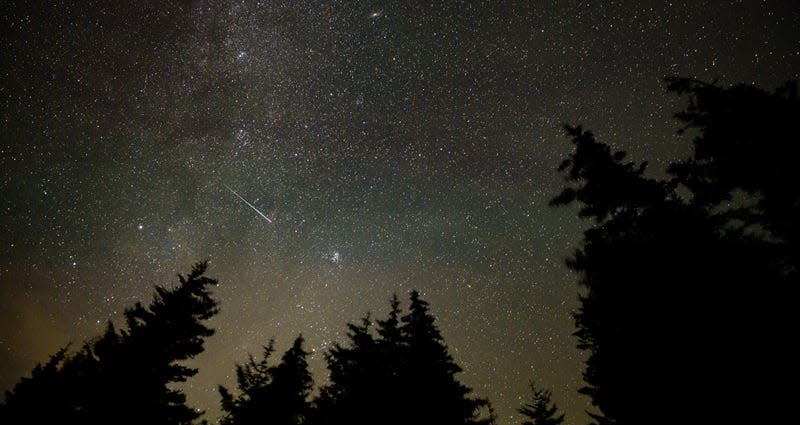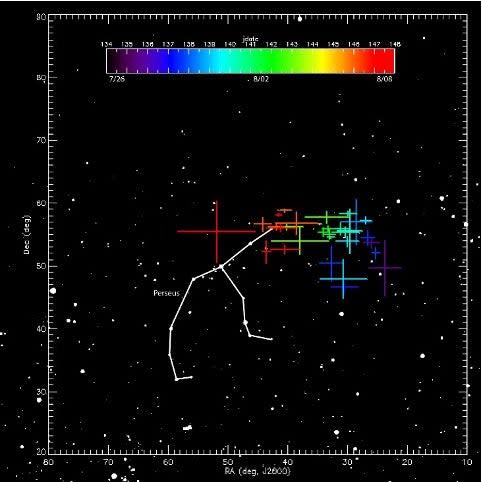How to Watch This Year’s Promising Perseid Meteor Shower

This year’s Perseid meteor shower is set to be a good one, and it’ll reach its peak this coming weekend. Here’s what you need to know about the Perseids and the best way for you to catch this dazzling display.
The most anticipated meteor shower of the year is upon us: the Perseids. This year’s event promises to be a particularly good one, with NASA’s All Sky Fireball Network already detecting the early entrants from this meteor cluster. Traces of the Perseids started to grace our atmosphere as early as late July.
Read more
According to NASA, the event is set to peak on the evening of Saturday, August 12. If you’re unavailable on that date or the skies are cloudy, however, fret not. The nights of the 11th and 13th promise good views, as well. The date range for the Perseids stretches from July 14 all the way to September 1, as noted by EarthSky.
The Perseids may sound exotic, but this annual spectacle comes from a familiar source: comets. Meteor showers occur when Earth passes through the debris and dust left behind by these dirty snowballs. For the Perseids, we have Comet Swift-Tuttle to thank. As our planet travels through its wake, tiny pieces of debris collide with our atmosphere, burning up and creating the streaks of light we see from the ground. Discovered independently by Lewis Swift and Horace Tuttle in 1862, the comet orbits our Sun roughly every 133 years.

The Perseid meteor shower is frequently dubbed the best meteor shower of the year, and for good reason. It both offers high rates of incoming meteors and happens in the summertime, when the weather tends to be comfortable. EarthSky elaborates, noting that the Perseid meteors are rich in color and frequently leave behind glowing, persistent trails. Additionally, this year offers an added treat: Unlike last year, when a full Moon washed out some of the meteoric brilliance, this year’s waning crescent phase ensures a darker sky, making it even easier to spot the meteors.
The Northern Hemisphere is the prime location to witness the Perseids. As per EarthSky’s recommendation, the best time to watch is in the hours preceding dawn. You may also want to head away from the city to escape light pollution. As Bill Cooke of NASA’s Meteoroid Environment Office explains, observers in rural locations could see around 40 Perseids every hour before dawn during the peak. If you’re city-bound, you can still catch the show, but expect a reduced rate of about 10 meteors per hour, according to the space agency.
While the meteors will streak across the entire sky, they tend to radiate from the constellation Perseus (hence the name “Perseids”). There’s no need, however, to focus on a particular spot; just lie back and enjoy the view.
Whether you’re an avid stargazer or simply curious, this celestial event is one you won’t want to miss. So, grab a lounge chair, flee to a dark spot, and watch cometary debris blaze through the atmosphere.
More from Gizmodo
Sign up for Gizmodo's Newsletter. For the latest news, Facebook, Twitter and Instagram.

